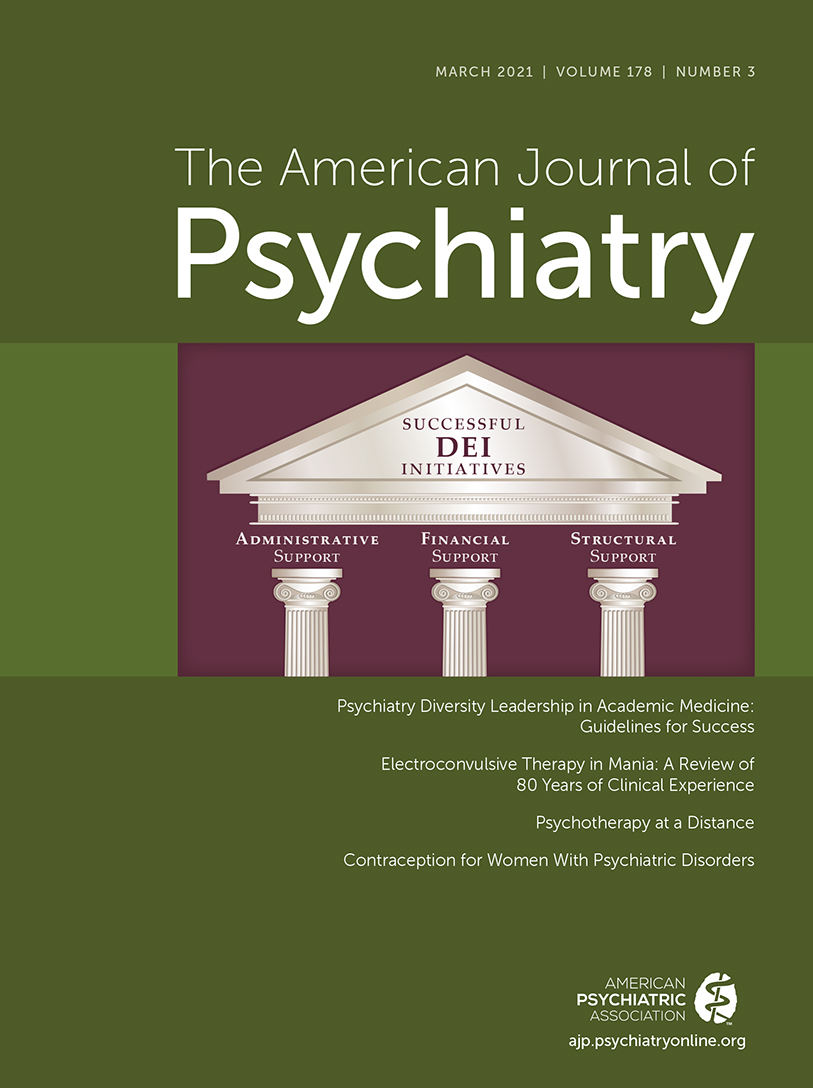Electroconvulsive Therapy in Mania: A Review of 80 Years of Clinical Experience
Abstract
Resistance to pharmacological agents is commonly encountered in the treatment of acute episodes of mania. In contemporary practice guidelines, electroconvulsive therapy (ECT), once a widely used standalone intervention for mania, is no longer considered a first-line treatment. Stigma, logistics, and ethical factors constrain ECT administration in this condition and lead to its underutilization. However, the past three decades have produced promising research regarding the use of ECT in mania. Randomized controlled trials, albeit in limited numbers, the adoption of ultrabrief ECT, examination of the safety and efficacy of combining ECT with pharmacological agents, including lithium, and use of ECT as a maintenance strategy have enhanced our understanding of how and when to utilize this intervention in mania. In this comprehensive review, the authors summarize the evidence regarding the efficacy and safety of ECT in mania, including related syndromes, such as delirious mania and mixed affective states. The impact of technical parameters, particularly the choice of treatment frequency, electrode placements, and pulse width, are discussed in the light of recent evidence.



